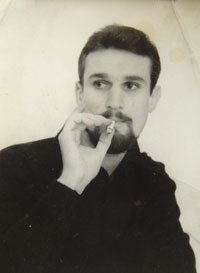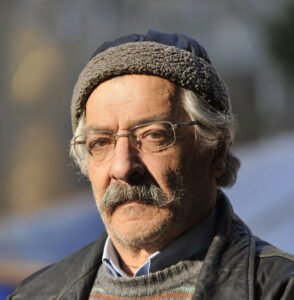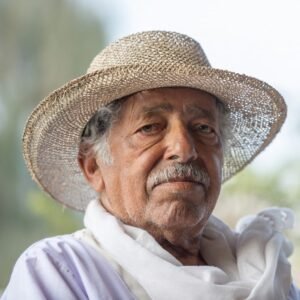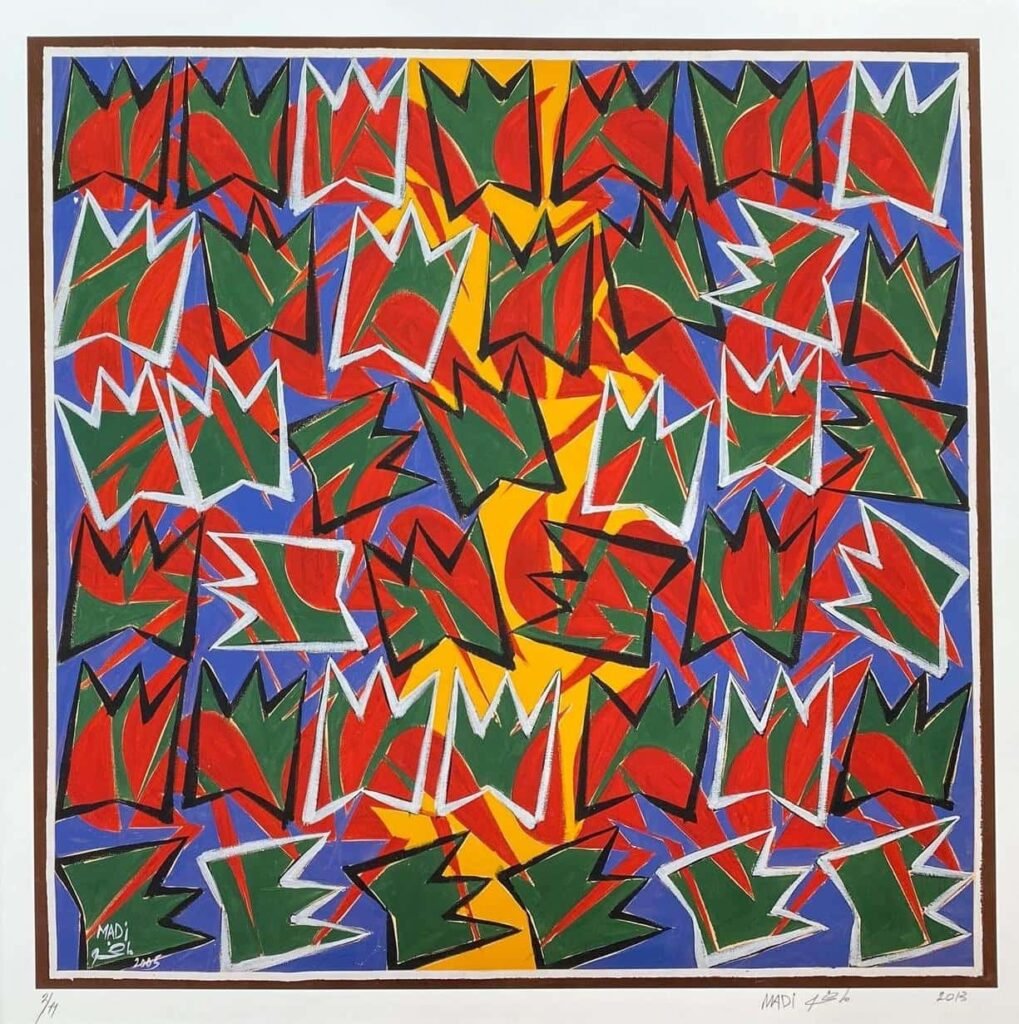
Born on 17 January 1938 in the village of Chebaa, nestled at the foot of Mount Hermon, Hussein Madi’s childhood was steeped in rural craftsmanship and an observant love for nature . Summers spent with his grandfather—who practiced farming, carpentry, and blacksmithing—instilled in him a meticulous methodology and dedication to craft . Even as a boy, he carried a Larousse French dictionary, secretly sketching the one‑line drawings of birds and trees within its pages .
At 18, despite parental hesitation, he enrolled at the Lebanese Academy of Fine Arts (ALBA) in Beirut (1958–1962), where he honed his understanding of human anatomy by drawing live models . Concurrently, he made a living illustrating and cartooning for newspapers like Dar el Kifah and Jaridat al Yaoum.
✈️ Journey to Rome & Creative Expansion (1958–1986)
In 1963, after a stint illustrating in Baghdad for nine months, Madi traveled to Rome, intending a short stay that blossomed into a 22‑year residence . He studied at the prestigious Accademia di Belle Arti di Roma and Académie San Giacomo, even bypassing his first year due to his talent .
Over those formative decades in Rome, he engaged deeply with the artistic heritage of the Levant and Egypt, and studied Old Master techniques—mosaics, frescoes, bronzes—while exhibiting across Italy and beyond . He won multiple awards: the Sursock Museum Salon Prize for Painting, the Italian Cultural Centre Sculpture Prize (1968/69), and the Città di Lecce Prize for Engraving (1974) .
From 1973–1986, Madi divided his time between Rome and Beirut, returning each summer to teach at ALBA and maintain ties to Lebanon’s art community.
🧩 A Distinctive Artistic Language
Madi’s oeuvre spans painting, sculpture, printmaking, mosaics, fresco, and graphic arts . His work is marked by vibrant, simplified forms—women, birds, bulls, horses, apples—rendered with a modernist abstraction deeply rooted in nature and spirituality .
Key features include:
- Repetitive motifs forming an “alphabet” of shapes, akin to cuneiform and Islamic scripts .
- Sufi-inspired multiplicity: repeated forms evoke unity and divine rhythm .
- Calligraphic abstraction: early pictogram-like lines evolve into symbolic script, marrying representation and spirituality .
- Material interplay: in metal sculptures, flat sheets are cut, bent, and folded—creating a sculptural “origami” that blends two-dimensional and three-dimensional forms.
Critic Joseph Silvaggi praised his drawings as “an enchanted script, a résumé of figurative art in the modern era”/
🌍 Recognition & Influence
Upon his return to Beirut in 1986, Madi remained based in Lebanon, even as he continued to teach internationally (1982–1992: president of the Lebanese Association of Painters & Sculptors) . His work has been exhibited widely: Alexandria, Cairo, São Paulo Biennales; solo exhibitions across Rome, Beirut, Tokyo; retrospective at Chamber of Commerce, Beirut (1979) .
His creations are held in prestigious collections:
- British Museum
- Jordan National Gallery of Fine Arts
- Institut du Monde Arabe (Paris)
- Barjeel Art Foundation, Sharjah Art Museum, Sursock Museum, Dalloul Art Foundation, and Ueno Museum (Tokyo)
In 2003, he was honored with the Ordine della Stella della Solidarietà Italiana.
🕊️ Legacy & Cultural Impact
Madi’s passing on 17 January 2024 marked the end of a life that bridged Middle Eastern tradition and Western modernism . His art:
- Revitalized Islamic aesthetics through abstraction.
- Unified diverse artistic vocabularies—nature, calligraphy, modern form.
- Mentored generations, elevated Lebanese art education.
- Situated Lebanon in global art dialogues, with works in major collections.
Critics likened him to a disciplined Picasso fused with Matisse’s elegance—but Madi’s art retained a methodical spirituality rooted in nature and faith.
🎯 Summary of Key Works & Style
- Mediums: painting, sculpture, engraving, mosaics, fresco
- Artistic style: Abstract‑figurative, calligraphic abstraction, nature‑inspired minimalism, Sufi multiplicity
- Signature motifs: Birds, bulls, women, calligraphic “alphabets”
- Time period: Mid‑20th to early 21st century (1958–2024)
- Major works: Untitled series (2002–2015), Birds, Bulls, Nude and Composition series.
✨ Final Reflection
Hussein Madi’s legacy resonates as a harmonious blend of Lebanese heritage, Islamic aesthetics, and modernist experimentation. His lifelong fascination with nature, script, and spiritual unity gave rise to uniquely poetic artworks that continue to inspire artists and audiences globally.
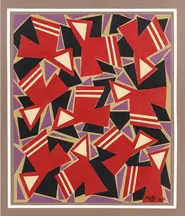
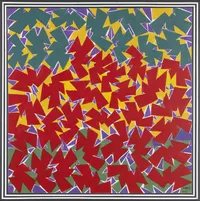
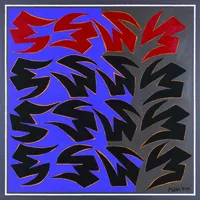

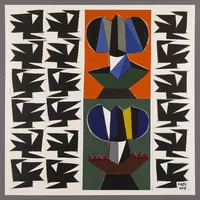
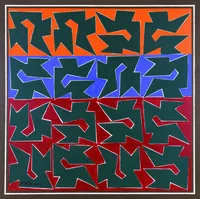
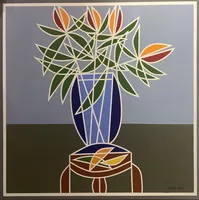
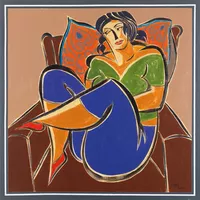
📚 Selected Sources
- Wikipedia: Hussein Madi beirut.com+1artnet.com+1nationalgallery.org+15en.wikipedia.org+15asianartdatabase.org+15
- Dalloul Art Foundation janetradyfineart.com+2dafbeirut.org+2atassifoundation.com+2
- One Fine Art & Atassi Foundation onefineart.com+1atassifoundation.com+1
- British Museum Biography
- Artscoops & MACAM Lebanon en.wikipedia.org+3artscoops.com+3macamlebanon.org+3
- “Lebanon’s ‘Picasso’ Dies at 85”, Beirut.com beirut.com


